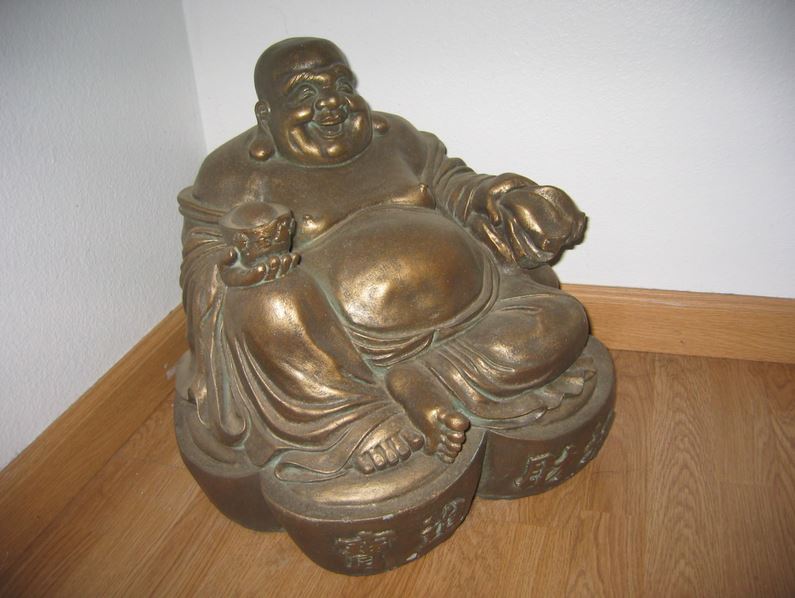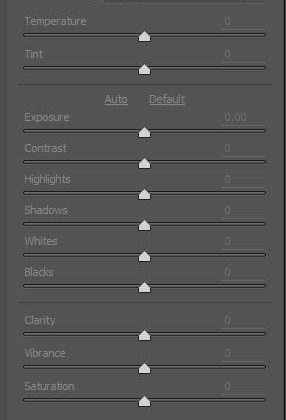Point-and-Shoot or Camera Phone Flash Photography Tips
Higher end professional cameras will have a hot shoe (on the top of the camera body) mount that can attach a separate flash unit. This allows for more control over the flash. Users can do things like add diffusers to the flash, they can change the angle and bounce the flash off walls or ceiling, and they can have more control over the flash output.
With an in-camera flash common to point-and-shoot cameras or camera phones, users have limited control over the flash itself. For example, sometimes the in-camera flash can cause the person in the picture to look washed out. Other times, the foreground is visible while everything else is blacked out. One of the major differences between a professional photographer and an everyday user is the ability to control the light and flash. Even with a standard point-and-shoot digital camera, there are a few things that can be done to get a better picture with the in-camera flash to give your photographers a more professional look.
Washed Out Portraits
When a person is close to the camera, in a dark area, the camera is taking a light reading on the scene and sometimes it thinks you need more light than you actually do. The camera then increases the flash for the scene and the subject ends up looking pale and white. Most cameras now will allow the user to manually reduce the flash output via the flash exposure compensation. This might require looking through the manual to find out how.
When taking the picture, take a few seconds to review the image. If the person is washed out, go into the camera settings and reduce the flash exposure compensation by one full stop, then take the picture again. The difference between the first photograph should be noticeable right away and, most likely, the scene will have a more even light and the subject’s skin will look like skin rather than a ghost. If the flash is still too bright, the flash can be reduced again by another full or partial stop if necessary.


Dark Subject in Shade with Bright Background
Once again, the camera is metering the scene. It’s reading all the light and is thinking you don’t need a flash. What ends up happening is the subject is too dark for the scene.
In this situation, override the camera and turn the flash on. If the photographer is standing a decent distance from the subject, this will add just a little light to that person. The eyes will have a little pop to them now, and it will be possible to see some skin texture. If they are too bright after this change, it will be possible to dial the flash down by reducing the flash exposure compensation mentioned before.
The Flash Is Not Needed
Modern cameras are pretty good these days about knowing when to flash or not, but sometimes, especially when indoors, it assumes you need a flash when you might not. The easiest override here is to just turn the flash off. The best kind of light is natural light. If possible, in any situation, try to place the subject next to a window or in a way that allows the use of natural light other than the flash on the camera.

The Bottom Line
The nice thing about digital cameras is the ability to take a picture, review it, and take it again. Use this capability as an opportunity to not just repose the subject, but to adjust the camera settings as well. When using a flash on a camera, don’t be afraid to take it off the auto settings. The camera only knows what it’s been programmed to know; only you know what you want the final image to look like.
Related Posts
Leave a Reply Cancel reply
This site uses Akismet to reduce spam. Learn how your comment data is processed.
Categories


